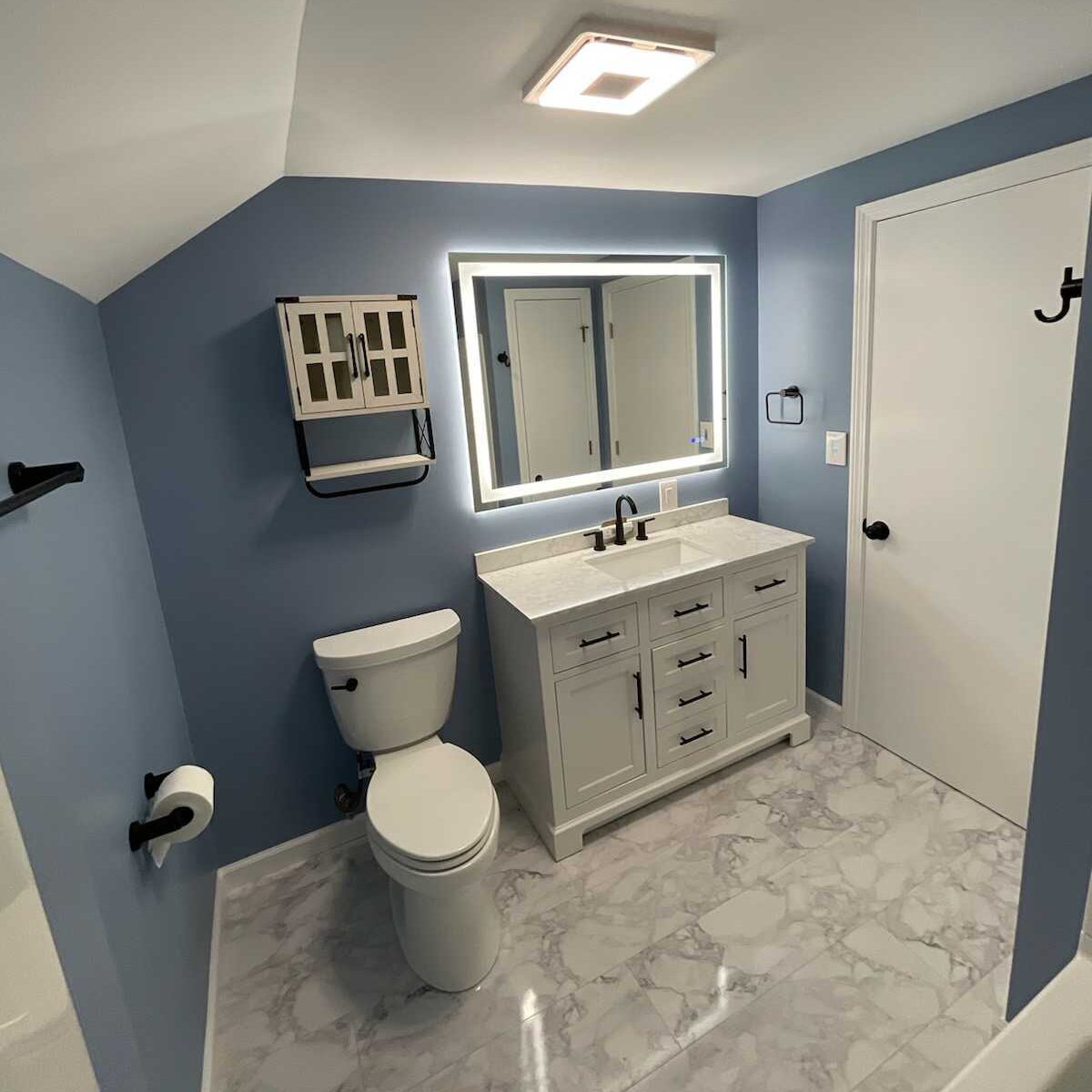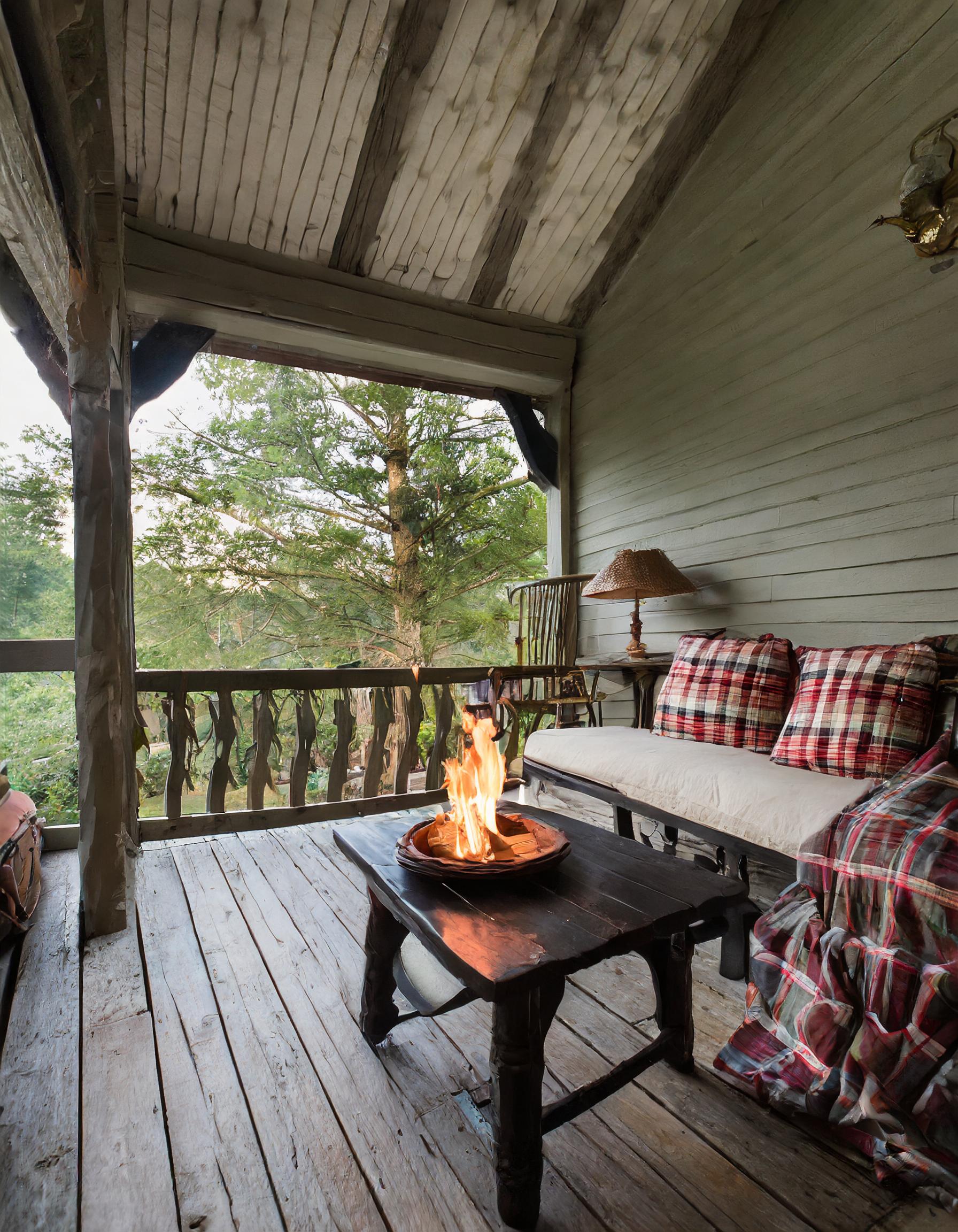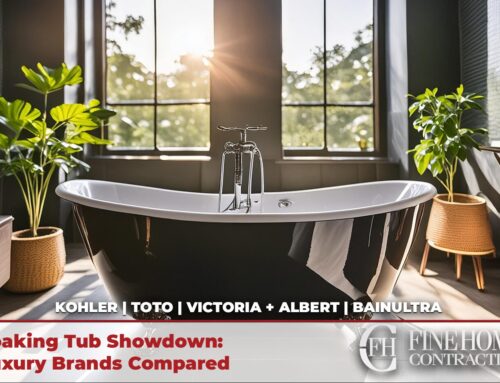Starting a home remodeling project can be exciting: whether you’re looking to transform your living spaces into a bespoke, comfortable environment made for your needs, add value to your home, or just modernize your aesthetic throughout. What many homeowners fail to realize is the allure of modern upgrades, luxurious finishes, and full-scale remodels are not always great investments: If you’re looking to remodel your home with the goal of increasing it’s price at sale, or solely focused on Return on Investment, you might be surprised which projects are actually money pits.
This guide will run through some of our best tips for remodeling with return on investment in mind, and talk about which projects may seem attractive or profitable, but actually cost a bit more than you can expect to receive back.
Our Biggest Tip: The 5 Year Rule
We boil down a lot of potential remodels to one rule: If you’re looking to sell your home in the next five years, it probably isn’t worth remodeling. While remodeling ahead of a sale can inject value into the property, it’s oftentimes preferable for new homeowners to remodel to their exact needs, and create a space unique to them. Remodeling ahead of a sale, especially with high end finishes or unique aesthetics, is much less likely to suit your buyers exact wants, and is overall a less worthwhile investment than selling the home at a slightly lower price.
Remodeling Projects with Bad ROI
High-End Kitchen Renovations
The kitchen, is a common starting point for renovations: Not only are they often the most valuable single room in the home, but their character tends to define the atmosphere of the home, especially when entertaining. The vision of a luxury kitchen, with top-of-the-line appliances, custom cabinets, and imported countertops, can be tempting, and can completely transform the space making it a central hub for family gatherings and entertainment.
However, high-end kitchen remodels come with hefty price tags. Customization that caters to specific tastes may not appeal to future buyers, potentially making the investment less valuable in the real estate market. Moreover, the rapid evolution of appliance technology and design trends can quickly make your newly renovated kitchen feel outdated. Trends that were popular for flippers and quick-fix-remodelers over the past few years, such as open cabinets and farmhouse sinks, are already seeing a decline in popularity, and many flippers have made the mistake of overinvesting in a kitchen only to lose that money at sale.
Return on Investment Analysis
While a luxury kitchen can undoubtedly enhance your daily living experience, it’s important to consider the ROI. According to remodeling industry data, minor kitchen remodels tend to recoup a higher percentage of their cost at resale compared to major, high-end renovations. Therefore, while the personal value of a dream kitchen is significant, the financial return may not justify the investment, especially in a market that favors more modest upgrades.
| Project | Average Cost | Expected Value | ROI |
|---|---|---|---|
| Minor Kitchen Remodel | Midrange | ~$28,000 | ~$24,000 | ~85% |
| Major Kitchen Remodel | Midrange | ~$80,000 | ~$35,000 | ~40% |
| Major Kitchen Remodel | Upscale | ~$170,000 | ~$50,000 | ~31% |
Expansive Bathroom Upgrades
Transforming a bathroom into a personal spa has become a popular trend in home improvement. Expansive upgrades can include luxurious walk-in showers, freestanding soaking tubs, heated floors, and high-end fixtures and finishes. These features promise a retreat-like experience, turning the bathroom into a sanctuary of relaxation and luxury.
However, the cost of such renovations can quickly escalate, especially when structural changes are involved or when opting for premium materials. While a beautifully upgraded bathroom can certainly enhance the quality of daily life, it’s essential to consider whether the investment will pay off in the long run.
Return on Investment Analysis
The ROI for extensive bathroom remodels can vary significantly. While a well-designed, modern bathroom can appeal to potential buyers and add value to your home, there is a threshold beyond which additional investments yield diminishing returns. Industry studies suggest that midrange bathroom remodels often offer a better cost-to-value ratio compared to upscale renovations. The key is to balance functionality and style without going overboard on ultra-luxurious features that may not increase home value proportionately.
| Project | Average Cost | Expected Value | ROI |
|---|---|---|---|
| Bath Remodel | Midrange | ~28,000 | ~$16,000 | ~60% |
| Bath Remodel | Upscale | ~$80,000 | ~$27,000 | ~34% |
| Bath Remodel | CAPS / Accessibility Focused | ~$45,000 | ~$17,000 | ~40% |
Wall-to-Wall Carpeting
Once a hallmark of comfort and luxury in home interiors, wall-to-wall carpeting has seen a decline in popularity. Preferences have shifted towards hardwood, laminate, and tile flooring due to their durability, ease of maintenance, and versatile aesthetic appeal. While carpeting offers warmth and noise insulation, it can trap allergens, show wear and tear more quickly, and limit the homeowner’s ability to change decor styles.
Return on Investment Analysis
Investing in high-quality wall-to-wall carpeting can be costly, especially for premium materials and padding. However, the return on this investment is often lower compared to hard surface flooring options. Hardwood floors, in particular, are known to enhance home value and appeal broadly to buyers, making them a more favorable option in terms of long-term value. Therefore, while carpeting may offer immediate comfort and aesthetic appeal, it might not be the best choice for those looking to improve home resale value.
(Includes cost of Materials and Labor)
Swimming Pools and Hot Tubs
A swimming pool or hot tub can transform a backyard into a leisure and entertainment zone, offering a way to relax, exercise, and host social gatherings. Especially in warmer climates, a pool can seem like a valuable addition to a home.
However, the costs associated with installing and maintaining a pool or hot tub can be substantial. Ongoing expenses include cleaning, heating, repairs, and increased insurance premiums. Additionally, safety concerns and the need for fencing can add to the overall investment. In some markets, a pool can even limit the home’s appeal due to the perceived hassle and expense.
Return on Investment Analysis
The addition of a swimming pool or hot tub rarely recoups the full investment in terms of increased home value. While a pool may be a selling point in high-end markets with favorable climates, in many areas, it could actually deter potential buyers. The cost of maintenance and the potential for increased liability can outweigh the personal enjoyment and value added to the property, making it a less favorable investment for those concerned with resale value.
(Includes cost of Materials and Labor)
Sunrooms and Added Rooms
Adding a sunroom or an extra room to a home can provide additional living space, which is particularly appealing for growing families or those desiring a home office, gym, or hobby room. These spaces can offer an abundance of natural light and a connection to the outdoors, enhancing the overall living experience.
The construction of these additions, however, can be costly and complex, involving significant structural, heating, and cooling considerations. Matching the new addition to the existing architectural style and ensuring it complements the overall flow of the home can also be challenging.
Return on Investment Analysis
While additional living space can make a home more functional and enjoyable, the ROI of such projects varies. Sunrooms, in particular, often recoup less of their cost at resale compared to more traditional room additions like bedrooms or bathrooms. It’s crucial to consider the home’s overall balance and the potential over-improvement for the neighborhood. In many cases, the investment in a sunroom or extra room is best justified by the homeowner’s need for the space, rather than the expectation of a significant increase in property value.
Factors that Impact Sunroom Construction Cost
- Size and Design: Larger and custom designs increase costs.
- Materials: Choices range from affordable aluminum and single-pane glass to pricier vinyl, wood, and double-pane glass.
- Foundation Type: Costs vary between utilizing an existing base and constructing a new one.
- Location: Regional differences affect labor and material expenses.
- Additional Features: HVAC, electrical, and high-end finishes add to the budget.
- Permitting: Local building codes and regulations may influence total costs.
(Includes cost of Materials and Labor)
Home improvements can significantly enhance the comfort, functionality, and aesthetic appeal of your living spaces. However, it’s essential to approach each project with a clear understanding of the cost versus value. High-end kitchen and bathroom renovations, wall-to-wall carpeting, intricate lighting systems, swimming pools, and added rooms like sunrooms can offer personal satisfaction but may not always translate into a positive ROI. Before embarking on major renovations, consider consulting with real estate and renovation professionals to ensure your investment is aligned with your long-term goals and market expectations. Thoughtful planning and prioritization can help you make informed decisions that balance personal enjoyment with financial prudence.
Further Reading
To expand your knowledge on home improvement projects and their impact on home value, consider delving into these resources:
- “Renovation: Completely Revised and Updated” by Michael Litchfield: This comprehensive guide covers a wide range of home improvement projects, offering practical advice on everything from planning to execution.
- “The Complete Guide to Home Inspection” by Michael Litchfield and Roger C. Robinson: This book provides insights into understanding the condition and value of home improvements and how they affect your property.
- National Association of Realtors® (NAR) – Remodeling Impact Report: Access detailed reports on the cost recovery and value added by various home improvement projects across the United States.
- “This Old House”: Explore their extensive library of articles, how-tos, and videos on various home improvement projects, including pitfalls to avoid and tips for increasing home value.












